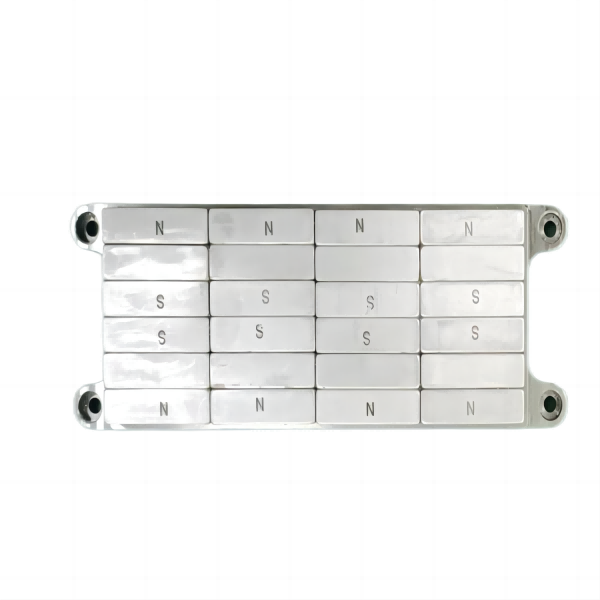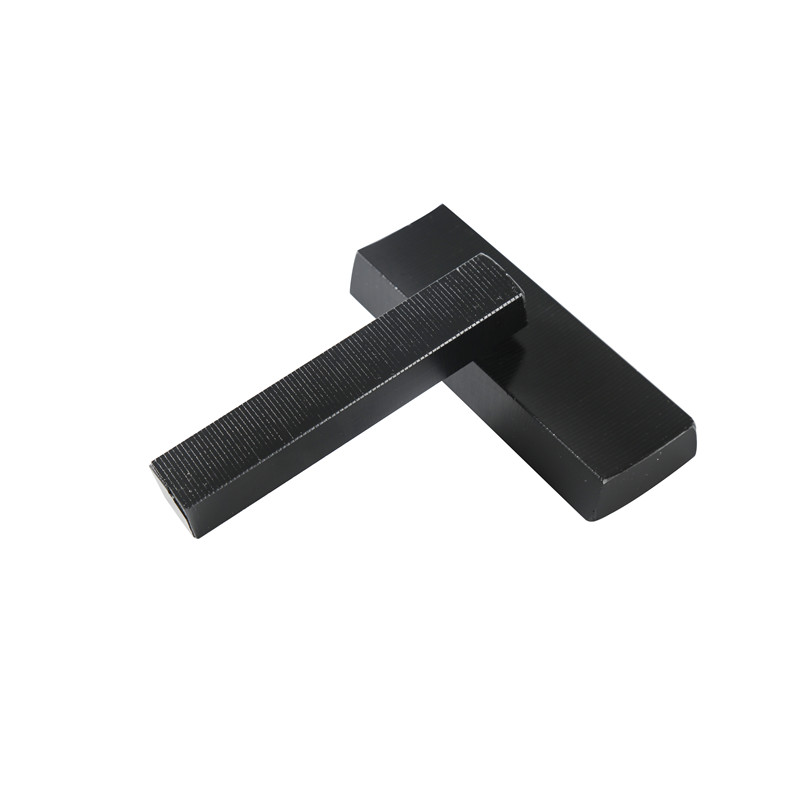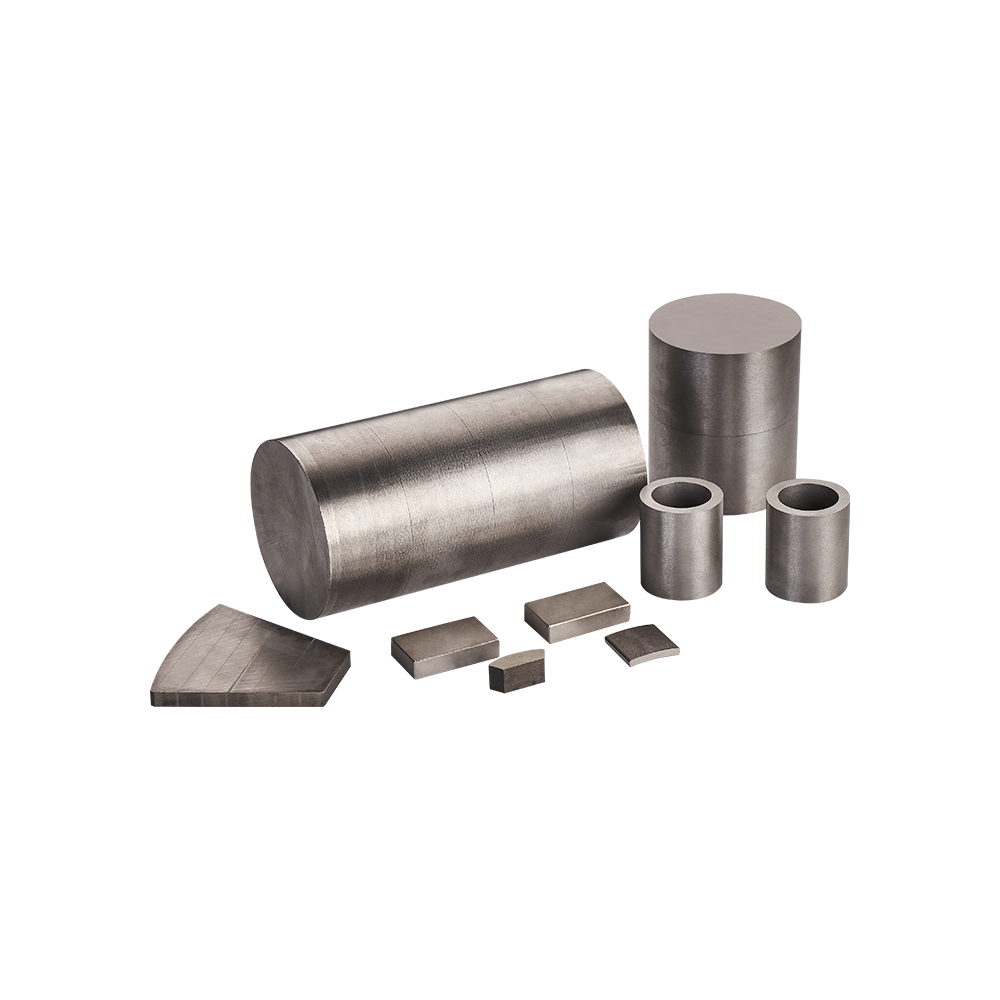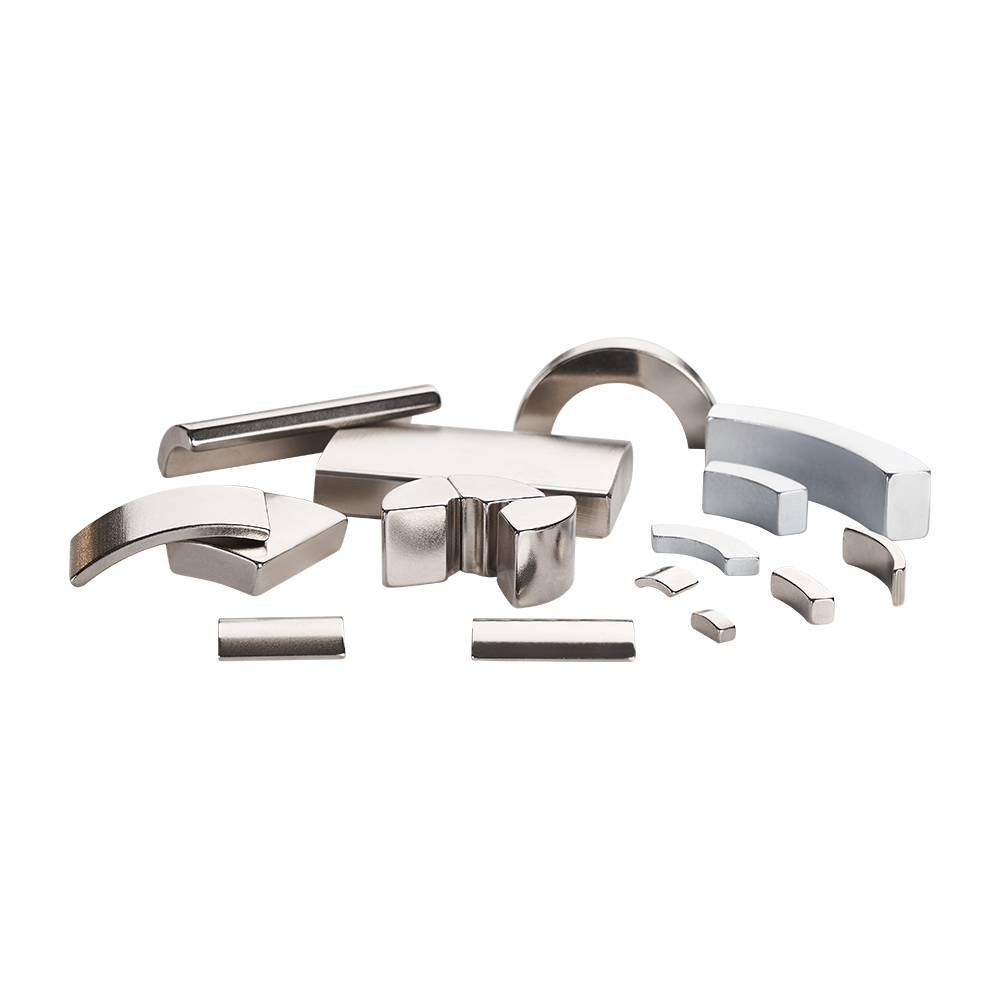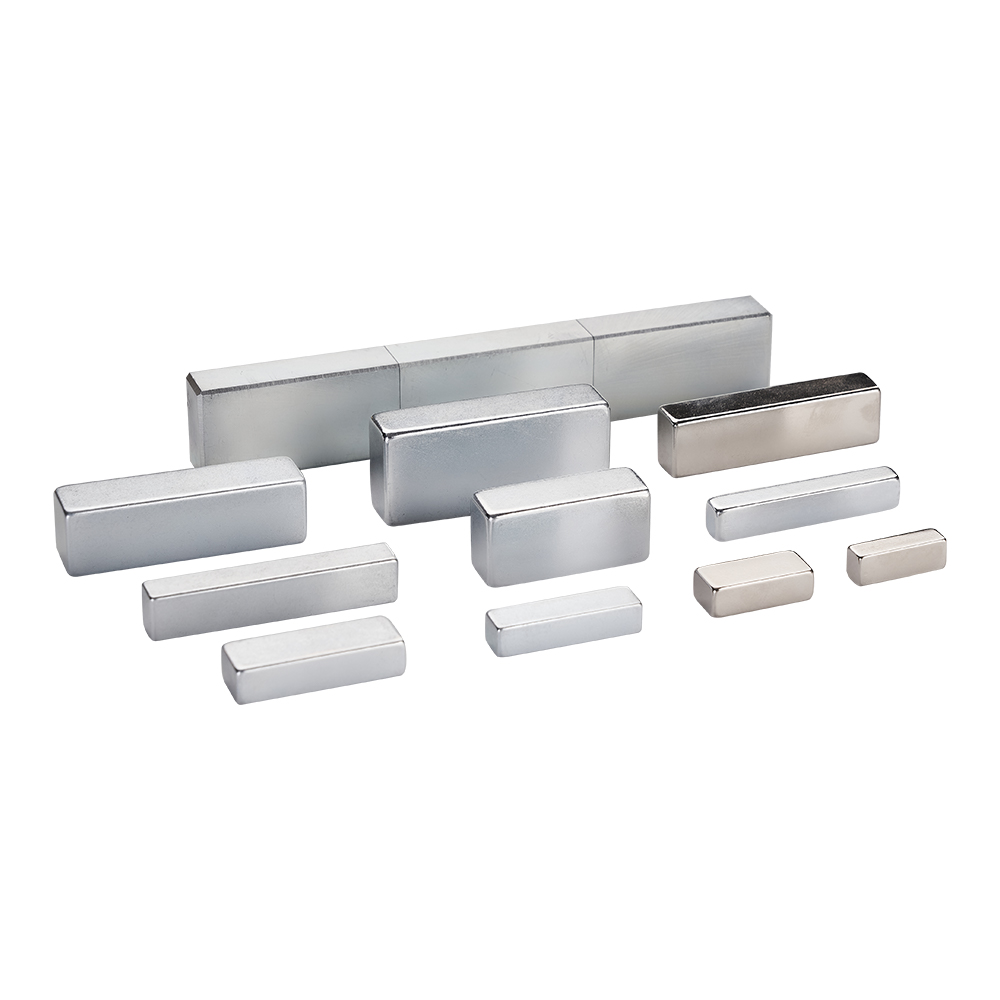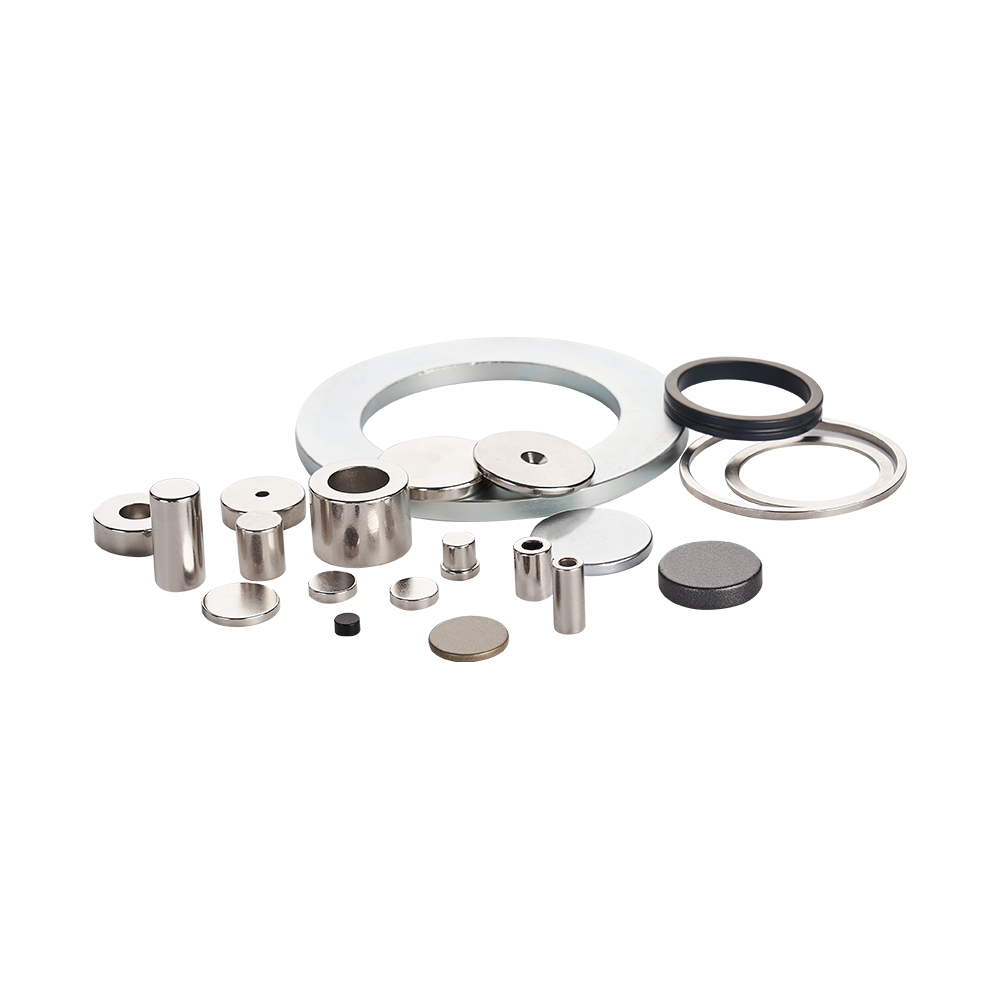magnetic stand 96 well magnet assembly for Automatic Nucleic Acid Extractor
Short Description:
The magnet assembly used for automatic nucleic acid extractors is an ingenious innovation that helps simplify and accelerate the extraction process. These assemblies consist of strong magnets, usually neodymium magnets, that are specifically designed to attract and immobilize magnetic beads, facilitating the separation of nucleic acids from complex biological samples.
magnetic stand 96 well magnet assembly for Automatic Nucleic Acid Extractor
Advancing Molecular Diagnostics: The Significance of Magnet Assemblies in Automatic Nucleic Acid Extractors
In the realm of molecular diagnostics, the accurate and timely extraction of nucleic acids plays a critical role in analyzing genetic material for various applications in research, clinical diagnostics, and forensic investigations. Thanks to the remarkable advancements in automated technology, the process of nucleic acid extraction has become more efficient, reliable, and reproducible. Crucial to this process is the utilization of magnet assemblies in automatic nucleic acid extractors, empowering accurate and streamlined procedures.
The magnet assembly used for automatic nucleic acid extractors is an ingenious innovation that helps simplify and accelerate the extraction process. These assemblies consist of strong magnets, usually neodymium magnets, that are specifically designed to attract and immobilize magnetic beads, facilitating the separation of nucleic acids from complex biological samples.
One of the primary advantages of magnet assemblies in automatic nucleic acid extractors is their ability to capture and bind magnetic particles selectively. Magnetic beads coated with surface-functionalized materials capable of binding nucleic acids are introduced into the sample mixture. The magnet assembly then attracts and immobilizes these magnetic beads while the undesired substances are washed away, enabling molecular biologists to obtain purified nucleic acids of exceptional quality.
Furthermore, the use of magnet assemblies drastically reduces the processing time required for nucleic acid extraction. In traditional methods, researchers often resort to centrifugation or filtration techniques, which consume significant time and effort. In contrast, the incorporation of magnet assemblies in automatic nucleic acid extractors enables rapid and simultaneous extraction of multiple samples with high throughput capabilities. This time-saving factor is particularly crucial in diagnostic laboratories, where timely extraction is of paramount importance for disease diagnosis and treatment design.
Additionally, magnet assemblies in automatic nucleic acid extractors offer improved reproducibility and consistency in nucleic acid extraction. Through the uniform magnetic field generated by these assemblies, spatial variations in magnetic forces are minimized, ensuring consistent results across numerous samples. Consistency in nucleic acid extraction has become imperative in diagnostic laboratories, where patients' treatment decisions are heavily based on accurate and reproducible test outcomes.
In conclusion, magnet assemblies have revolutionized the process of nucleic acid extraction in molecular diagnostics. Their ability to simplify and accelerate the extraction process, reduce processing time, and enhance reproducibility has undeniably positioned them as an indispensable tool for automated nucleic acid extraction systems. As technology continues to advance, we can expect even more sophisticated magnet assemblies that will propel molecular diagnostics to new heights, enabling groundbreaking discoveries in precision medicine, disease management, and personalized healthcare.



